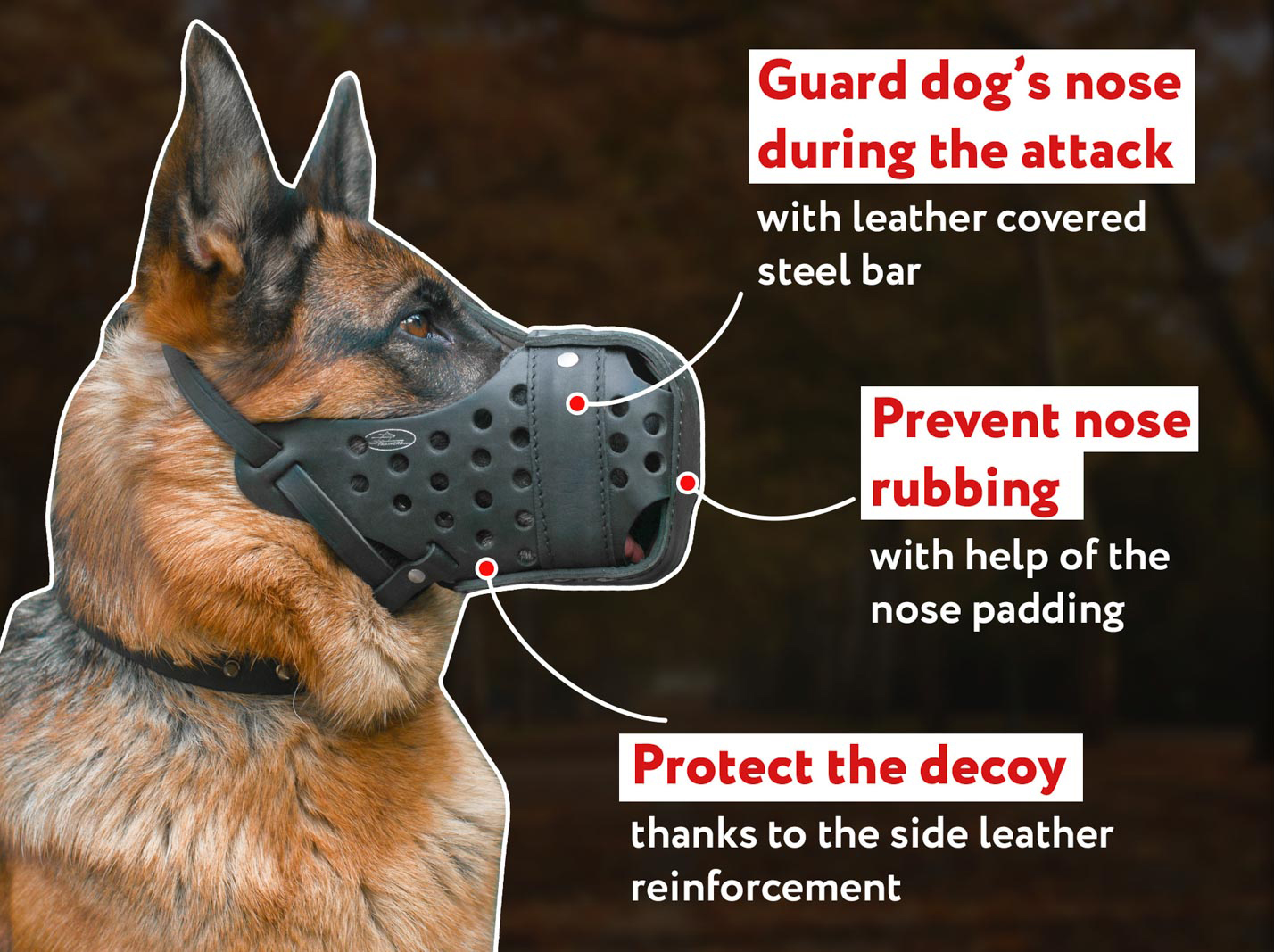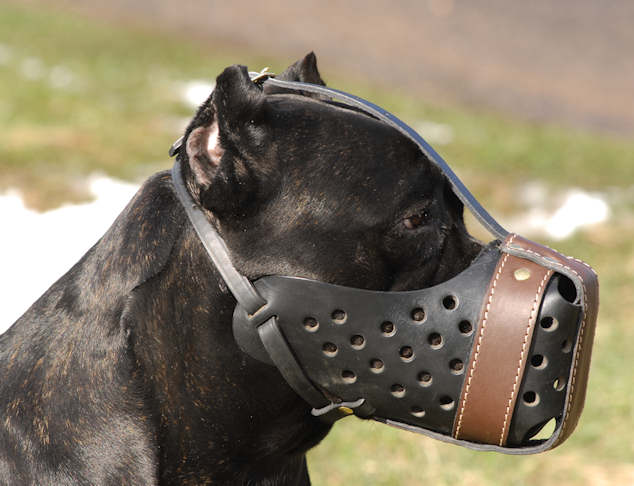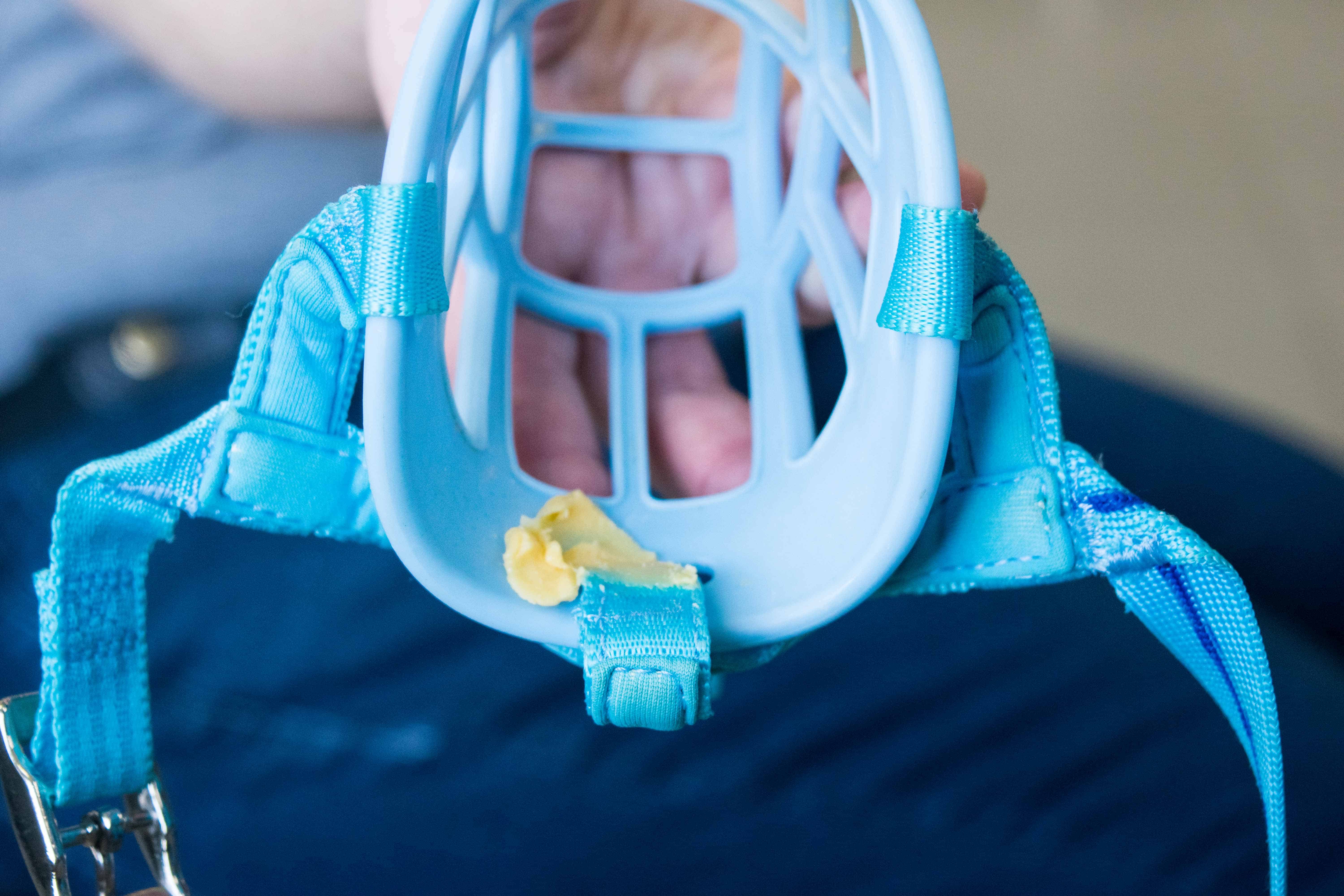

This can be a blessing for those who live in busy areas or deal with lots of people running up to them on walks, even if the dog has no aggression or fear. Muzzles can indicate very clearly to the general public that an owner and dog want some space.the more confident and adaptable he will be! The more things your dog is comfortable with - muzzles, harnesses, collars, nail trims, etc. Training together, especially where you introduce a new object, builds trust. Muzzle training can help you bond with your dogs and increase their confidence.Introducing these folks to a well-trained, muzzled dog can help them become comfortable around canines without anxiety. Some people have been bitten by dogs or have had other bad experiences to make them nervous. If an owner doesn’t know how their pet might react to a new, possibly frightening stimulus, a muzzle can allow them to conquer training goals together without any risk. Some dogs don’t show signs of outright aggression but are fearful. Muzzles can help nervous dogs grow their confidence while ensuring everyone’s safety.Many dogs are scroungers on walks, and wearing a muzzle while proofing a solid “leave it” command can save animals from foreign object surgeries and complications. Muzzles can be used to keep dogs from eating things they aren’t supposed to.If your vet has to muzzle your dog after an injury like a broken bone to provide treatment - or if you have to evacuate to a shared space after a natural disaster - it’s best that your pet is already used to it so it won’t add stress to an already very scary situation. Muzzles are often used in emergencies.I believe in muzzle training all of my dogs so they can wear one comfortably and without anxiety, even if it doesn’t seem like they “need” it. When used properly, muzzles have so many benefits - and a lot of them have nothing to do with aggression. The answer to all of the above, though? A resounding no. Most of all, I automatically assumed that any muzzled dog I saw on the street was “bad”. A few years ago I had a lot of the same concerns. I see these questions often, and I respect that folks are starting valuable conversations by asking them. Concern #7: We shouldn’t just cover issues upĭo only aggressive dogs wear muzzles? Are they cruel tools for lazy owners? Is it mean to muzzle your dog?.Concern #6: People need to face their fears.Concern #5: Why make someone else comfortable?.Concern #4: Can’t we just train “no bite”?.Concern #3: How will my dog defend himself?.Concern #2: My dog will be uncomfortable.I wanted to take some time to talk about the ones I’ve heard most often and explain why I still believe it’s worthwhile for the average dog to be conditioned to wearing a muzzle. Many of the same muzzle training concerns have come up both in social media groups and real-life conversations. I’ve had some awesome discussions since sharing videos of our progress!

When I adopted my Australian cattle dog, Scout, I immediately started muzzle training her. The only way we’ll get over the “bad” or “scary” stigma associated with muzzles is if we normalize their proper use.Muzzles can be cruel if used incorrectly - but so can collars, leashes, harnesses, and everything else we put on our dogs.

It’s a reasonable way to be better safe than sorry. It is not a quick fix, nor is it a lazy or easy way out.


 0 kommentar(er)
0 kommentar(er)
